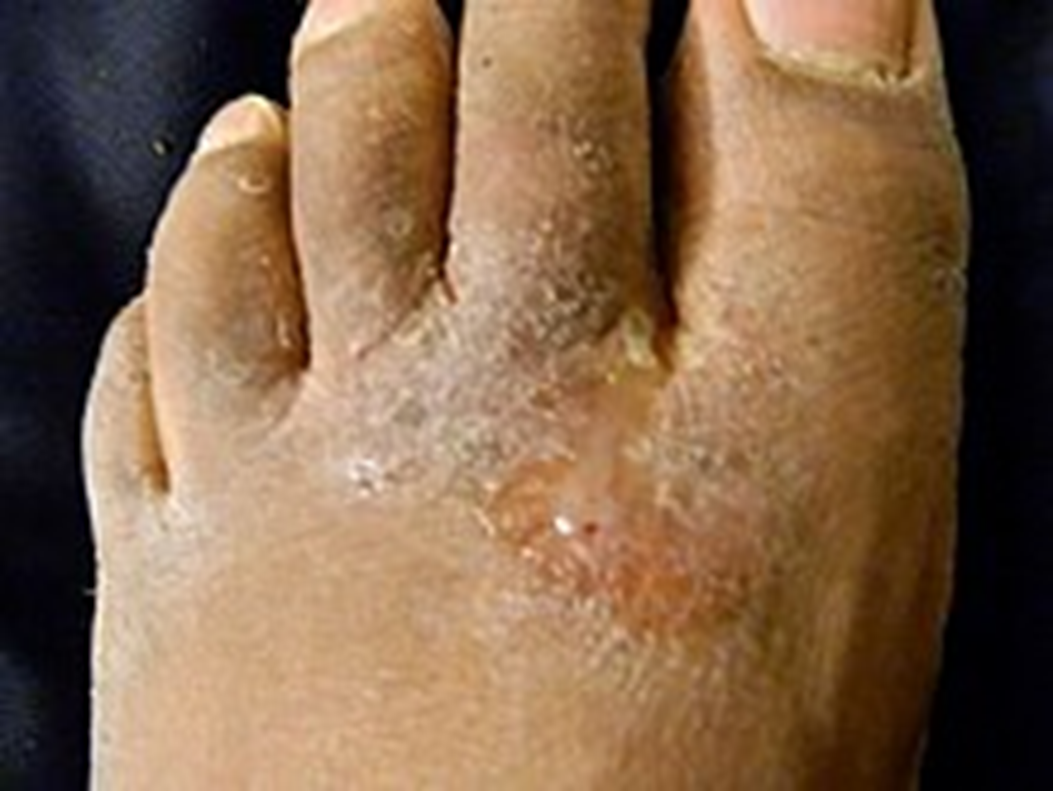Which client on an acute care pediatric unit requires the nurse’s immediate attention?
An 18-month-old client who had a cleft palate repair and is crying in pain.
A 12-year-old client who had an appendectomy and refuses to ambulate.
An 8-year-old client who had a tonsillectomy and is swallowing frequently.
A 15-year-old client who has an IV infusion and reports pain at the insertion site.
The Correct Answer is C
Choice A rationale
While pain management is important following a cleft palate repair, it does not typically require immediate attention. Pain can be managed with appropriate analgesics and does not typically present an immediate risk to the patient’s health.
Choice B rationale
A patient refusing to ambulate following an appendectomy does not typically require immediate attention. Encouraging mobility is important for recovery, but refusal to ambulate does not present an immediate risk to the patient’s health.
Choice C rationale
Frequent swallowing following a tonsillectomy could indicate post-operative bleeding, which requires immediate attention. Post-tonsillectomy hemorrhage can be a life-threatening condition that requires immediate intervention.
Choice D rationale
While pain at the site of an IV infusion should be addressed, it does not typically require immediate attention unless there are signs of infection or infiltration. It does not present an immediate risk to the patient’s health.
Nursing Test Bank
Naxlex Comprehensive Predictor Exams
Related Questions
Correct Answer is ["A","C","D","E"]
Explanation
Choice A rationale
Smoothing the rough edges of the cast can help maintain skin integrity and prevent skin irritation or injury.
Choice C rationale
Monitoring capillary refill and color of nail beds of the left hand is important to assess the circulation to the hand and ensure that the cast is not too tight.
Choice D rationale
Monitoring for signs of pain can help detect complications such as compartment syndrome, which is a serious condition that can occur if pressure within the muscles builds to dangerous levels.
Choice E rationale
Assessing for numbness, tingling, or decreased sensation of the left hand is important as these can be signs of nerve damage or compression.
Choice B rationale
Wearing sterile gloves when touching or removing the cast is not typically necessary. The outside of a cast is not a sterile environment, and healthcare providers do not usually wear sterile gloves when handling it.
Correct Answer is B
Explanation
Choice A rationale
Shingles, also known as herpes zoster, is a viral infection that causes a painful rash and is caused by the varicella-zoster virus, the same virus that causes chickenpox.
Choice B rationale
Tinea pedis is a foot infection due to a dermatophyte fungus. It is the most common dermatophyte infection and is particularly prevalent in hot, tropical, urban environments. Interdigital involvement is most commonly seen (this presentation is also known as athlete’s foot, although some people use the term for any kind of tinea pedis).
Choice C rationale
Fever blister, also known as cold sores, are caused by the herpes simplex virus. They are small, fluid-filled blisters that develop on the lips or around the mouth.
Choice D rationale
Pinworms are a type of parasite that lives in the lower intestine of humans. They are tiny, narrow worms. They are white and less than a half-inch long.

Whether you are a student looking to ace your exams or a practicing nurse seeking to enhance your expertise , our nursing education contents will empower you with the confidence and competence to make a difference in the lives of patients and become a respected leader in the healthcare field.
Visit Naxlex, invest in your future and unlock endless possibilities with our unparalleled nursing education contents today
Report Wrong Answer on the Current Question
Do you disagree with the answer? If yes, what is your expected answer? Explain.
Kindly be descriptive with the issue you are facing.
